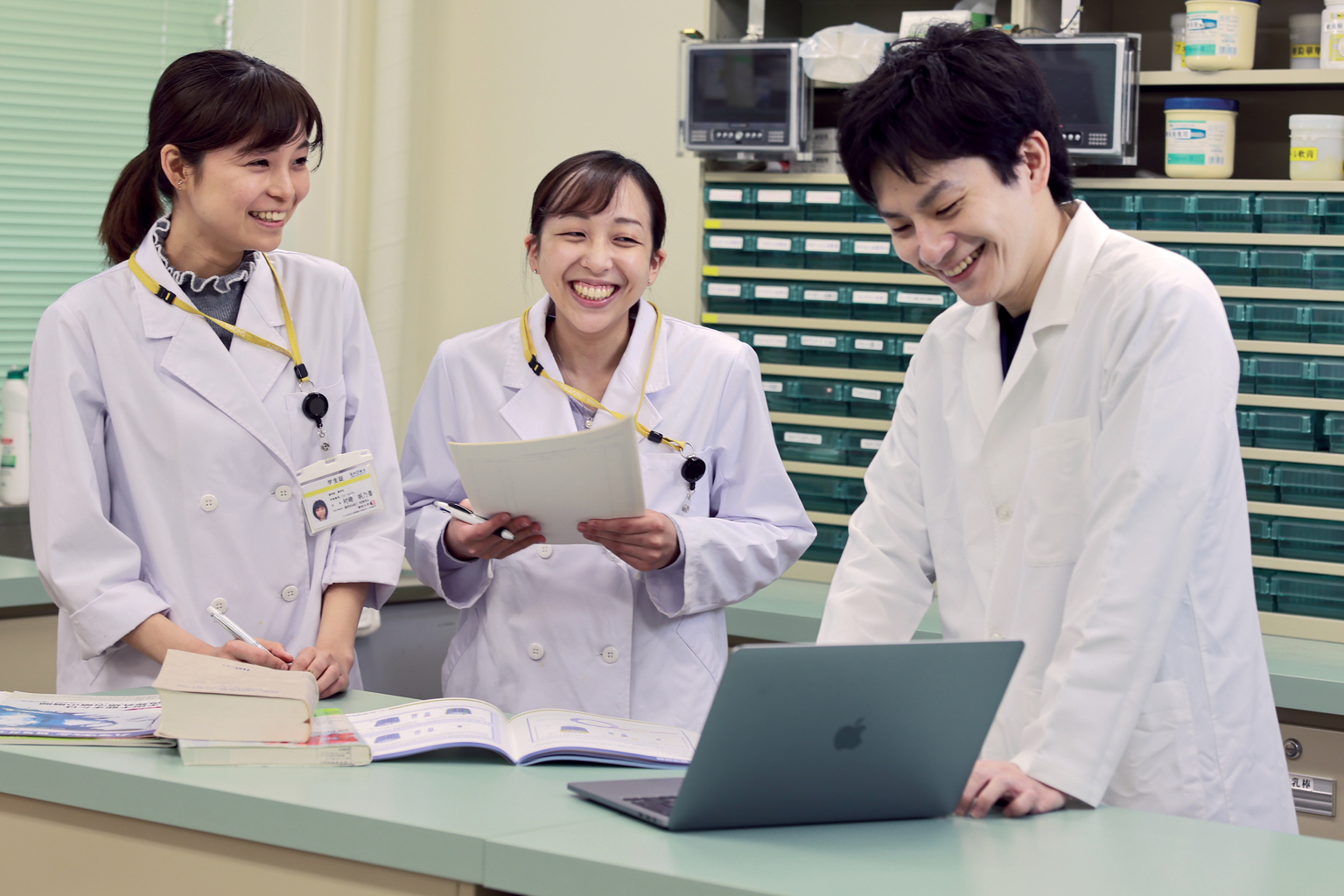Bayesian dosing tools support pharmacy teams in optimizing workflows and redefining efficiencies.
In a constantly evolving pharmacy landscape, the onslaught of regulatory requirements and the perpetual need to adapt to change often leave clinical pharmacists grappling with burnout. However, technology answers the call in the form of Bayesian precision dosing tools, promising efficient vancomycin AUC dosing workflow and a shield against burnout.
Historically, calculating precise vancomycin dosing for patients required collaboration between pharmacists, nurses, and laboratory technicians, resulting in a time-consuming and error-prone process. With the development of Bayesian dosing tools and the integration with surveillance tools, like Sentri7 and Precise PK, complex calculations and workflow complications are eliminated as optimal dosing recommendations for each patient are automatically calculated by seamlessly pulling existing patient data. Explore key benefits of how Bayesian dosing tools support pharmacy teams by improving dosing confidence and reducing burnout.
Confidence in decision-making
Bayesian tools usher in an era of precision, eliminating guesswork from daily decision-making. These tools record, compute, and monitor data in real time, ensuring precise drug dosing tailored to individual drug factors. Pharmacists can now confidently navigate dosing strategies, translating into better clinical outcomes. This assurance plays a pivotal role in mitigating burnout by eliminating the stress of uncertainty.
Technology as a clinical ally
By embracing Bayesian tools, pharmacists leverage technology to complement their clinical judgment. These tools act as a safeguard, mitigating the potential for error and adapting swiftly to evolving recommendations. When integrated with a clinical surveillance solution, pharmacists can leverage evidence-based rules to assess appropriate use and keep prescribing aligned with your hospital’s antimicrobial stewardship goals.
Empowering pharmacists for quality care
Bayesian dosing technology equips pharmacists with invaluable data insights into medication utilization and clinical outcomes, enabling them to optimize patient care without causing significant disruptions or overworking. By leveraging these insights, pharmacists can implement evidence-based interventions and monitor their impact over time, leading to enhanced patient outcomes while maintaining a healthy and balanced work pace.
Dosing workflow made seamless
Calculations and tracking, once cumbersome manual tasks, now seamlessly integrate into pharmacists’ routines with Bayesian dosing tools optimizing workflow. Automated systems make the risk of misplacing crucial patient information obsolete, fostering a streamlined and patient-centric workflow. This seamless workflow allows for access to faster, more precise calculations to proactively monitor for adjustments and reduce a patient’s risk for adverse reactions such as acute kidney injury (AKI).
Human-centered technology
Bayesian dosing tools strike a delicate balance between technology and the human touch. Pharmacokinetic (PK) values, customizable by pharmacists, offer tailored dosing solutions when standard approaches fall short, which is especially valuable in cases necessitating considerations of unique drug factors. Model-informed precision dosing (MIPD) technology can quickly incorporate any newly validated pharmacokinetics parameters from research, supporting pharmacists in ensuring personalized care for every patient. Supporting the highest standard of care In the evolving healthcare landscape, pharmacists face added workloads, more acutely ill patients, and continued drug shortages. Bayesian dosing technology fosters not just efficient workflows but also a shield against burnout. Empowered by these tools, pharmacists chart a new course towards a more balanced, fulfilling practice by accessing technology with effective and reliable clinical decision support without compromising the highest standard of care.





